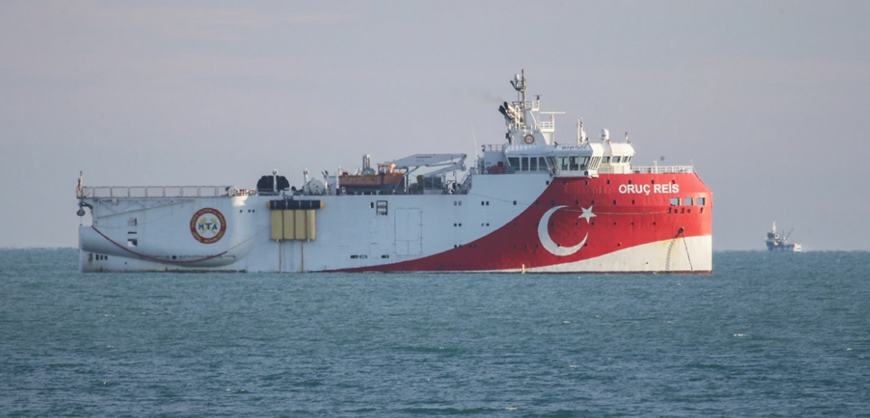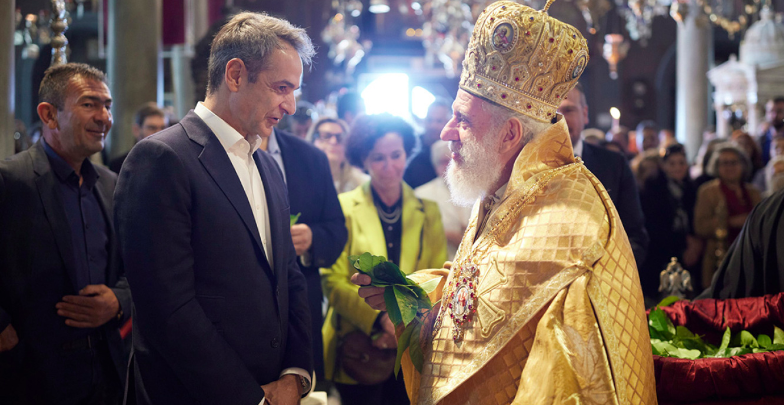The imminent descent of the research vessel “Oruc Reis” from the Black Sea to the Southeast Mediterranean is expected to be a catalyst for the degree and timing of a further deterioration of Greek-Turkish relations. From the Greek side, it is estimated that it could signal the creation of a climate of tension, similar to that of 2020, when Greece and Turkey were on the verge of a military confrontation.
At the beginning of last week, Turkey issued a Navtex, through which it reserves a sea area west of Lesbos for hydrocarbon detection survey by the research vessel “Yunus”. The Navtex is valid until October 5, although until yesterday Friday at least the ship remained tied up at Karaburum (formerly Melaina) at the end of the Eritrean peninsula opposite of Phocaea. Taking advantage of the presence of “Yunus” in the Northern Aegean, Ankara proceeded in parallel last Wednesday and Thursday to conduct naval exercises and indeed with live fire in the Gulf of Xiros.
Large units of the Turkish fleet took part in this specific exercise, with at least three of them subsequently moving in a southerly direction towards the Aegean Sea, possibly with the aim (as assessed by Greek analysts) of being the escort ships of the ” Yunus” when it is decided to leave its anchorage.
Equipped with anti-submarine defense systems, with new software that now upgrades its seabed imaging capability from 2D to 3D and almost double the range of cables, the ‘Oruc Reis’ is currently perhaps one of the most modern research vessels in the world, incorporating new technologies.
According to information, despite the fact that the Turks have engaged with Navtex for the research needs of “Oruc Reis” half of Antalya Bay from September 25 to March 24, 2023, Ankara’s real intentions are to send the vessel in the wider maritime area of Kastellorizo, creating for the second time in two years crisis conditions in Greek-Turkish relations.
As the same Greek MoD circles explain, the software upgrade of “Oruc Reis” and the acquisition of the ability to carry out 3D seismic surveys are clear evidence that the Turkish vessel plans to sail or even lay cables inside the Greek EEZ near Kastellorizo and this is because this particular sea area is the only one for which Turkey does not have a 3D visualization of its seabed.
Of all the extensive upgrades and refits that the “Oruc Reis” has undergone in recent months, the most important is the integration into the ship of a series of anti-submarine warfare systems in order to be able to detect the action of Greek submarines.
During the period of crisis between July and September 2020, when the navy fleets of Greece and Turkey found themselves one step before confrontation due to the activity that the “Oruc Reis” attempted to develop within the Greek EEZ (mainly between Crete and Kastellorizo), Greece had mobilized a strong submarine force.
Throughout the crisis, one of the “underwater silent killers”, utilizing its stealth characteristics, managed to turn into an invisible shadow not only of the Turkish research vessel, but also of its escort vessels. With very few exceptions where the Turkish ships managed to spot it, only to lose it again almost immediately, the Greek submarine had the Oruc Reis locked in its sights at all times.






































